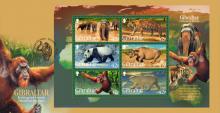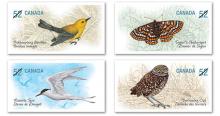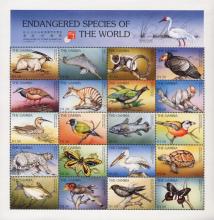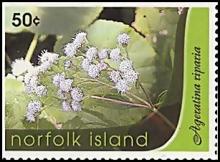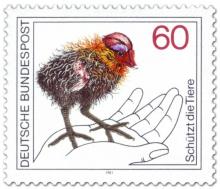Schrikbarende achteruitgang van de Europese flora en fauna
Het Europees milieuagentschap (EEA) is een instelling in Kopenhagen (Denemarken) dat de taak heeft om op een zo neutraal mogelijke manier te onderzoeken hoe het met het milieu in Europa is gesteld. Het rapport dat het EU-agentschap nu naar buiten brengt is gebaseerd op de grootste data-analyse over de Europese biodiversiteit dat ooit werd uitgevoerd. De data zijn afkomstig uit de periode 2007-2012 en bevatten meer dan 17.000 datareeksen over verschillende planten, dieren en habitats die door universiteiten, overheidsinstellingen, en burgerverenigingen uit de 27 EU-lidstaten werden opgesteld. En net zoals in de rest van de wereld zijn de resultaten (zacht uitgedrukt) niet goed. Van de 12.000 soorten fauna en flora die onderzocht werden (vogels uitgezonderd) bleek maar 23% in een goede toestand te verkeren. Van de 231 onderzochte habitats slechts 16%. En van 450 vogels (dieren die een belangrijke plaats in de voedselketen hebben en tegelijkertijd mediagenieker zijn dan de meeste insecten en planten) bleek iets meer dan de helft (52%) als veilig gemarkeerd te staan.

